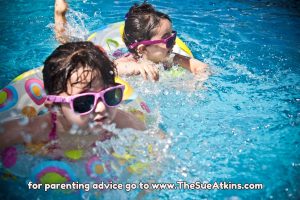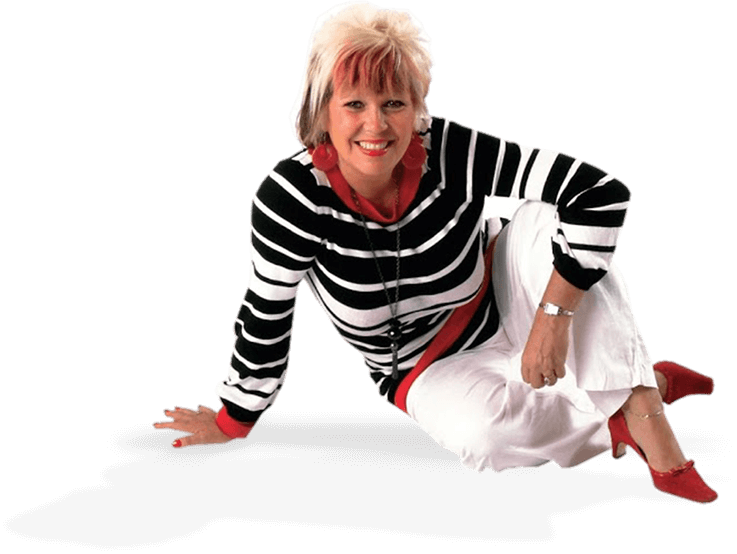


Like it? Share it!

Lots of parents I work with, or parents who chat in my Parenting Online Club Forum certainly feel frustrated when their child is demanding more “screen time” than “green time” outside in the garden or park & that’s quite a challenge to handle if you’re exhausted.
I understand that for parents of children with Autism, Asperger’s or with (ASD) spectrum disorders these challenges can really be intense, and sometimes seem really challenging and overwhelming.
But it’s important find the time for physical play, recreation and outdoor adventures to create a healthy balance in your routines.
Often, children with ASD also have some gross or fine motor difficulties, making many activities a bit more challenging. Studies have shown that children with autism are less likely to be physically active than their peers, but it also shows that children on the spectrum are just as capable of engaging in physical activities as their peers given support.
Of course, no two children are the same, but there are some common strategies that can help your child become more active and engaged in new activities.
Here are some ideas to help.
Many children with autism have characters, toys or animals and other repetitive things that they are particularly interested & focused on. Instead of fighting their natural way of being, go with the flow and take advantage of these “favourites” by putting them into their activities as it will cut down on their anxiety.
Don’t compare your child to your other children, or other friend’s children. Stay focused, positive and upbeat about your child’s successes and triumphs no matter how small. It will build on their confidence, help them feel competent and moving forward. Create realistic, low-risk opportunities to get your child used to the expectations you hold for them. This could be walking up the road before going on a more robust walk or hike to the park. It could mean visiting a playground early in the morning when there are no other children about before school, before coming back when it is likely to be crowded later in the day.
Celebrate all these little magical moments & build on them. Be patient and expect there to be 3 steps forward and 2 steps back sometimes. Life is messy & unpredictable sometimes kids will experience setbacks. Take a deep breath and come back another day.
But the more positive you can be the better it is for your child, as they will feel your enthusiasm and support for them and be willing to try again the next time. Help them feel a ‘Can Do Kid’
Lots of Sport Centre’s and Activity Centre’s from soft play to swimming pools, have people specifically employed and trained to support your additional needs child no matter their age or ability. If you have found an activity that you think your child might enjoy, don’t be afraid to talk to staff at the centre and let them know what you think might be needed in order to allow your son or daughter to participate. They are there to be helpful and supportive & will welcome your advice and expertise on your child as instructors may not automatically know how to adapt a particular class, but often they are more than willing to take your suggestions or advice in order to make things accessible and successful so long as your tone is friendly !
Sometimes, the best laid plans don’t go according to the rule book, do they? It’s finding that fine line between sticking with something and letting it go – between ‘Grit’ and deciding this activity isn’t working for your child.
Press your ‘Pause Button’ and step back to reflect on went wrong, or didn’t work. As that will help you learn from the experience and plan for a better one next time or next activity.
For example, was the swimming pool too loud and echo-y? Were the other children a bit too rough? Were your expectations a bit too low or a bit too high? Were the social demands of the busy playground a bit too overwhelming on a busy and packed Saturday afternoon?
Think about how you can adapt or change those small aspects of the activity, and then have another try.
We all know the really important benefits of getting kids active – from reducing obesity to less screen time, as well as the positive mental health and wellbeing aspects, and all of these are great reasons for children with autism too.
But there are additional benefits for children with ASD getting active as it can also help with sensory self-regulation, developing fine and gross motor skills, learning to adapt to new activities, and providing natural environments for social skills practice as well as learning to relax, have fun & feel good.
Discussing every possible aspect of parenting, giving you advice and support on topics which affect your daily life. Each free, weekly episode is bursting with practical tips, techniques and ideas.
I will teach you my no-nonsense, simple techniques & give you hundreds of my expert parenting articles, videos & podcasts so you can get back to the business of having fun with your family!



